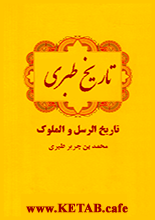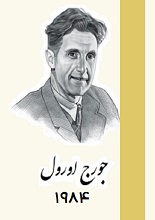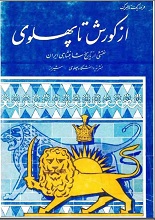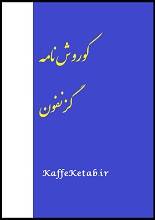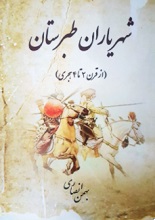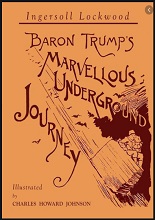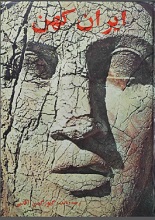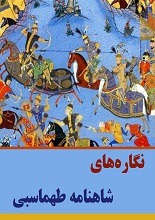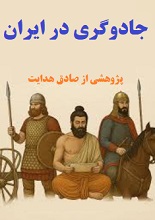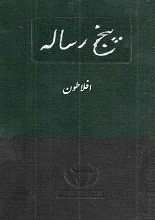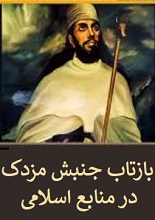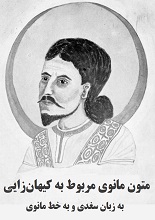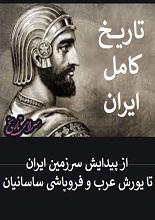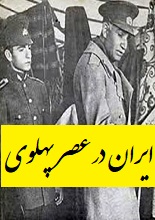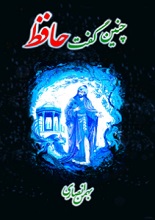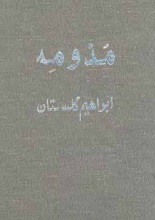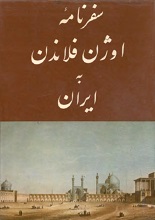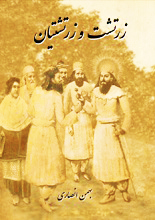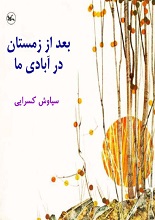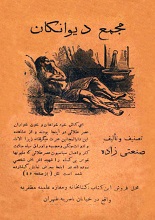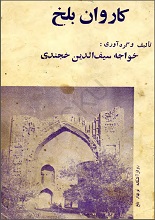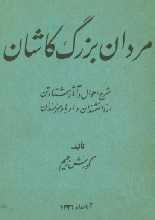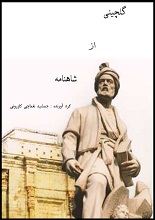Albert Ten Eyck Olmstead’s History of the Persian Empire, published posthumously in 1948, stands as a seminal work in the study of the Achaemenid Empire. Drawing from a lifetime of scholarship, Olmstead offers a detailed narrative of the Persian Empire, emphasizing perspectives often overlooked in traditional Western historiography. This review delves into the book’s structure, themes, and enduring significance in the field of ancient Near Eastern studies.
A. T. Olmstead Background
Albert T. Olmstead (1880–1945) was a distinguished American Assyriologist and historian. Serving as a professor at the Oriental Institute of the University of Chicago, his research primarily focused on the ancient Near East, with a particular interest in the Achaemenid period. His academic rigor and dedication to primary sources laid the foundation for his comprehensive history of the Persian Empire
Overview of the History of the PERSIAN EMPIRE Book
Spanning 670 pages, History of the Persian Empire chronicles the rise and fall of the Achaemenid dynasty, from Cyrus the Great‘s conquests to the empire’s eventual decline under Alexander the Great. Olmstead’s work is notable for its reliance on Persian sources, offering readers a narrative that prioritizes the empire’s internal perspectives over traditional Greek accounts.
Structure and Content
The book is organized into several thematic and chronological chapters:
- Iranian Origins: Explores the early history and cultural foundations of the Persian people.
- Founder Cyrus: Details Cyrus the Great’s establishment of the empire and his administrative innovations.
- Life among the Subject Peoples: Examines the diverse cultures within the empire and their interactions under Persian rule.
- Cambyses and the Conquest of Egypt: Discusses Cambyses II’s expansion into Egypt and the challenges faced.
- Prophet Zoroaster: Analyzes the influence of Zoroastrianism on Persian society and governance.
- Usurper Darius: Narrates Darius I’s rise to power and his consolidation of the empire.
- A New Lawgiver: Highlights Darius’s legal reforms and administrative structuring.
- From India to Europe: Covers the empire’s vast territorial reach and its implications.
- Problems of the Greek Frontier: Addresses the tensions and conflicts with Greek city-states.
- The Three Capitals: Describes the significance of Ecbatana, Babylon, and Susa in imperial administration.
- Persepolis: Focuses on the ceremonial capital’s architectural and cultural importance.
- Xerxes as Crown Prince: Provides insights into Xerxes’s early life and preparation for kingship.
Key Themes
- Administrative Excellence: Olmstead emphasizes the sophisticated bureaucratic system of the Persian Empire, highlighting the role of satraps and the empire’s approach to governance.
- Cultural Integration: The book delves into how the empire managed its vast and diverse populations, promoting a policy of tolerance and cultural assimilation.
- Religious Influence: A significant portion is dedicated to understanding Zoroastrianism’s impact on Persian politics and society.
Reception and Legacy
Upon its release, History of the Persian Empire was lauded for its depth and scholarly rigor. M. Rostovtzeff praised it as “the fullest and most reliable presentation of the history of the Persian Empire in existence.” While some modern scholars note that certain interpretations may be dated, the book remains a foundational text in Achaemenid studies.
Albert T. Olmstead’s History of the Persian Empire offers an unparalleled exploration of one of history’s most influential empires. By centering Persian sources and perspectives, Olmstead provides readers with a nuanced understanding of the empire’s complexities. For scholars and enthusiasts of ancient history, this work remains an essential resource.
Critical Review and Analysis of “History of the Persian Empire” by A.T. Olmstead
Albert Ten Eyck Olmstead’s History of the Persian Empire (1948) is regarded as a landmark publication in the field of Achaemenid studies. As one of the earliest comprehensive narratives written from the viewpoint of the Persians rather than their Greek adversaries, Olmstead’s work marked a turning point in the historiography of the ancient Near East. However, like any major scholarly work, it deserves not only praise but also careful critique and contextual evaluation.
Strengths of the Work
1. Groundbreaking Perspective:
One of the most celebrated aspects of Olmstead’s book is its deliberate shift away from Greek-centric historiography. At a time when most Western scholarship relied heavily on Herodotus, Olmstead sought out native Persian inscriptions, archaeological data, and administrative records to reconstruct a more balanced picture of the Persian empire. This was a bold and much-needed corrective.
2. Narrative Richness:
Olmstead had a gift for storytelling. His historical narrative is vivid, detailed, and expansive, bringing to life the vast geography of the empire and its key figures—from Cyrus the Great to Darius and Xerxes. He doesn’t merely catalog events but creates a readable, almost literary account of Achaemenid rule.
3. Emphasis on Cultural and Administrative Integration:
Another major contribution is Olmstead’s attention to the empire’s multicultural composition. He gives weight to the roles of Elamites, Babylonians, Egyptians, and other subject peoples, exploring how the empire’s success was tied to its bureaucratic flexibility and relative religious tolerance.
Limitations and Critiques
1. Outdated Methodologies:
Though pioneering in his time, Olmstead’s methodology reflects certain early 20th-century biases. He often interprets historical motivations psychologically without substantial evidence, a style more reflective of narrative history than rigorous modern historiography. His lack of engagement with broader economic and social theory is a noticeable gap by today’s standards.
2. Overconfidence in Interpretation:
In many cases, Olmstead makes bold assertions without clearly laying out the limits of the available evidence. He occasionally treats speculative interpretations as factual reconstructions, particularly when discussing the inner motivations of Persian rulers or the mindset of conquered peoples.
3. Limited Engagement with Recent Archaeological Data:
Since the book was published in 1948, it naturally lacks the benefit of later discoveries, such as further excavations at Persepolis, advancements in Elamite and Old Persian studies, and digital epigraphy. Consequently, while the book is still respected, its factual accuracy on several points has been revised or challenged by subsequent scholarship.
Legacy and Relevance Today
Despite its age, History of the Persian Empire remains highly influential. Many modern historians cite it as the foundational text that opened the way for more nuanced studies of the Achaemenid world. Scholars such as Pierre Briant and Amélie Kuhrt, while moving beyond Olmstead’s framework, have acknowledged the importance of his work in shifting scholarly focus toward Persian agency.
For students and general readers, the book serves as an accessible yet serious introduction to the Persian empire. For scholars, it represents both a historical milestone and a subject of methodological reflection.
A.T. Olmstead’s History of the Persian Empire is a product of its time—groundbreaking, ambitious, and occasionally flawed. Its strengths lie in its scope, narrative quality, and pioneering use of Persian sources. Its limitations reflect the historiographical norms of the mid-20th century. Nonetheless, it remains a cornerstone in the study of the Persian Empire, deserving both respect and critical engagement.
Download History of the PERSIAN EMPIRE PDF eBook
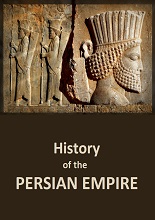
برای دانلود این کتاب، ابتدا باید عضو سایت بشوید.
پس از عضویت، لینک دانلود این کتاب و همهی کتابهای سایت برای شما فعال میشوند.
(قبلا عضو شدهاید؟ وارد شوید)

